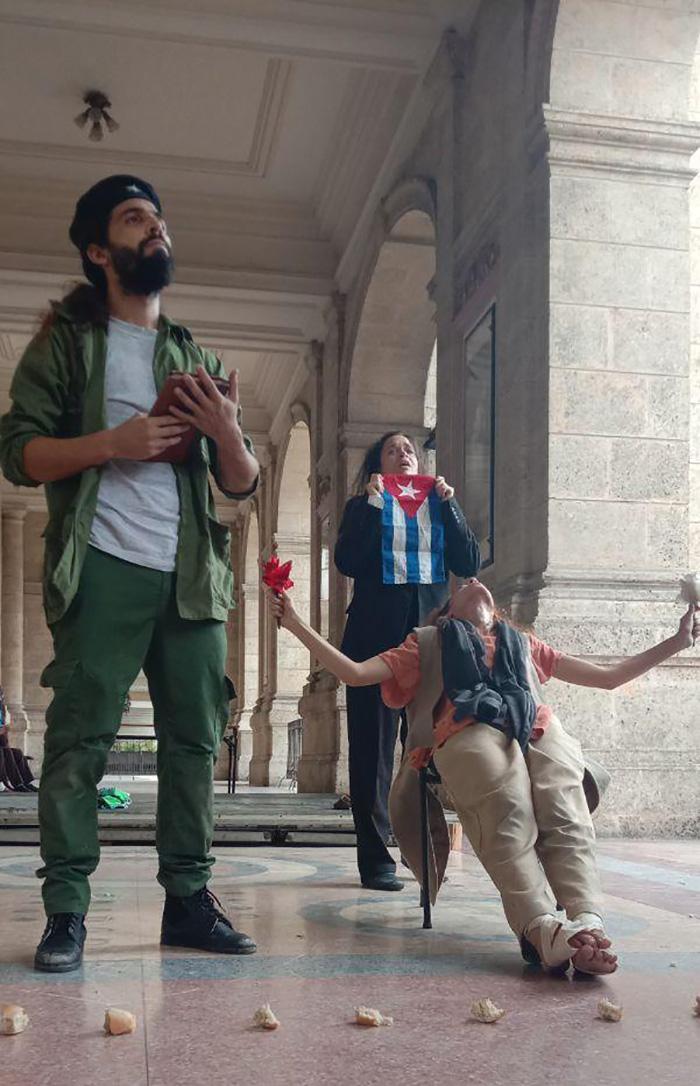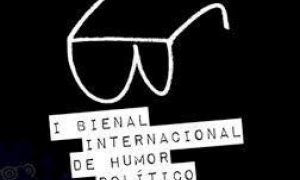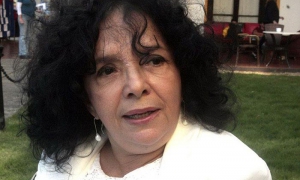
The play Peregrino is dangerous, but familiar, combining the sensational with the renovating. Irreverence is expected in art, required, but by itself is not of fundamental value, behind it there must be solid thought, suggestion, depth.
The increasing need for social criticism and the shortcomings of some artistic works expressing commitment to the Revolution are two of the reasons that often lead us to applaud challenging works, even if they are not that good.
This is why Peregrino, from Teatro Adentro, a play made from a Communist, humanist, progressive perspective, with no posturing, can be described as essential in these times; because it reminds us that the revolutionary is the alternative, that committed art, that which moves, is not part of the Cuban Revolution’s bygone days, and can also be very sharp.
Verónica Medina, Elieter Navarro Hidalgo and Jose Brito appear on stage without knowing which of the three characters they will play during the performance. Chance decides, and before the audience they each become either José Martí, Ernesto Che Guevara or Jesus of Nazareth.
Peregrino is not a conventional work, it has a ritual air that makes it intimate and, at times, heartbreaking. Each actor-character asks a question at the beginning, different in each performance, which they answer at any time over the course of the play. They will knock on the floor, a bell will ring, and they share the answer, almost as an epiphany, discovered in this process of reflection, immersion into oneself.
The text is based on the ideas of Martí, Che and Jesus, linked with intelligence and sensitivity.
Jose Brito, responsible for the artistic direction and staging, has written about Peregrino: "This play works that part of the actor... in which art and one’s attitude toward life share the same fate and sincerity is rooted... It is during the performance that the actors and the characters look each other in the eye, to touch together, consciously, the humanity that grips us."
The fact that in each performance the characters alternate (and that each performer seamlessly makes the move) appears to tell us that we all carry within us something of these iconic figures; the question is which part prevails and which part we let go. It also reminds us that they resemble each other in many ways; that often the white rose, the rifle and the shroud must coexist in our love for humanity, a sometimes unrequited, painful passion.
The play is far removed from any gimmickry, and also from the comfortable. Its ending alerts us that there are lives yet to be lost, yes, and if these deaths are not be in vain depends on the living of today.
The inward journey takes place not only on the stage. Spectators search within themselves, wonder which of the three they are closer to, which is their muse, to perhaps find themselves in all of them, and confronted with hidden personal meanings when, for example, Che answers, "Get up and walk," when asked, "How can I give my all?”
Teatro Adentro is based in the province of Villa Clara and although local artists do not exist, it is no coincidence that they emerge precisely from this spot, speaking to the world with such a load of truths. After watching these two women and one man, and thanks to their talent, one is left with the feeling of not being able to avoid confronting the doubts, fears and search for meaning experienced by everyone who knows, "Tomorrow will be too late to do what we should have done a long time ago."
At the end of the presentation, Verónica, Elieter and Jose never return in search of applause, they do not return because Martí, Che and Jesús have really left, and they cannot return unless it is within us. Only once have they broken the pact, and that was last November 14, in Havana’s Central Park, at the end of the Red Bandanas sit-in. Only that one time and the reason is obvious.






